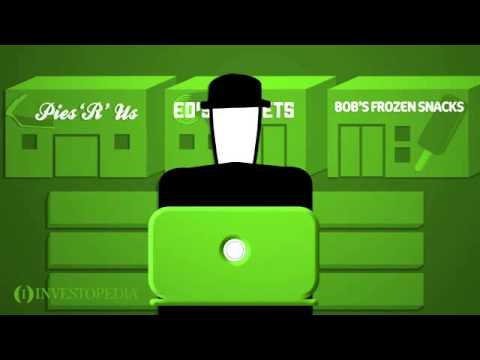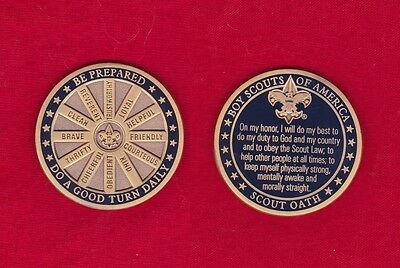Contents
The CEO position is the highest rung on the corporate ladder, and all other executives answer to him or her. A CEO delegates tactical responsibilities involving day-to-day operations to other managers. They also have the authority to overrule managers’ decisions when deemed necessary. All public companies have a board of directors headed by a chair, who influences the board; they also have a chief executive officer, who is the top manager in the company.
The chief operating officer is a senior executive tasked with overseeing the day-to-day administrative and operational functions of a business. The position of the chairman is the highest rank on the board of trustees or directors. While the CEO’s position is the highest-ranking position in the operational part of the company. The chairman usually doesn’t look over the day-to-day operations. It is the job of the CEO to supervise the regular tasks that employees do in the company.
VirtualNonExecs is the place to start or expand your non-executive director career. Our “full membership” gives access to an array of online and offline tools to help you succeed. A general manager is a person in charge of a department within a company. Amanda Jackson has expertise in personal finance, investing, and social services. She is a library professional, transcriptionist, editor, and fact-checker.

Additionally, many chairpersons are offered attractive benefits or alternative compensation packages for their time and effort. The CEO still holds the highest position in the operational structure of the company, and all other executives answer to the CEO. The board of directors appoints the CEO, and the chairman and CEO work together to lead the company. Sarbanes-Oxley requires that the audit committee have a procedure where employees and other connected individuals can report fraud and other abuse directly to the committee without reprisal.
Recent Posts
This too forms a key difference between Executive Chairman vs CEO. The Chairman, however, does not necessarily play an active role in the everyday management of the company. Still, anything longer than a year raises questions about why the overlap period must be so long. It also raises concerns about the confidence the board has in the newly appointed CEO. The CEO makes the actual strategic decisions, including studying market trends, coming up with tactical business plans, and supervising overall company operations. He makes the decisions and takes the heat if those decisions end up being cataclysmic failures.

They discuss issues and the corporation’s overarching vision, and the chairman decides how much flexibility the CEO has in implementing new strategies. Ultimately, though, the board has the final say and can hire and fire CEOs as they see fit. The chairman has significant clout in deciding how the board votes.
reasons to consider productivity as a strategic goal
While the Chairman technically has higher level powers, the CEO is indeed “the boss” of a company. And yes, the CEO does answer to their board of directors, which is ultimately headed by the chairman. A CEO is concerned with executing strategies that have been approved by the board so the ultimate fate of a CEO rests on how satisfied the board is with what they have done with the company.
Their roles and responsibilities depend on the company’s setup and the industry to which the company belongs. A Managing Director is directly responsible for managing the day-to-day functions of an organization and reports to the CEO regarding any progress and escalations required. The heads of different divisions and the management report to the Managing Director, and the managing director helps the overall management in the smooth functioning of other divisions.

Matthew Zane is the lead editor of Zippia’s How To Get A Job Guides. He is a teacher, writer, and world-traveler that wants to help people at every stage of the career life cycle. He completed his masters in American Literature from Trinity College Dublin and BA in English from the University of Connecticut.
The board establishes corporate management policies and decides on big-picture corporate issues. The executive chairman of a company is the person who is the head of the board of directors, or the board of trustees. The members of the board of the company report to the chairman about their concerns. The Chairman then brings attention to these in the board meetings. On the other side, the senior executives or the senior managers of the company report to the CEO about the daily tasks that the latter supervises.
What’s the Difference between Executive Chairman vs. CEO?
In the corporate world, however, the president often refers to someone who is the leader of a segment or critical part of the overall company, rather than the leader of the overall company. In a company with subsidiaries, it would be unusual to have one person carry out the roles of both CEO and president, although it does happen at times, often with smaller businesses. In such instances, the small business is often owned by the same person who is also the CEO and president. She has 20+ years of experience covering personal finance, wealth management, and business news.
The Executive Chairman is also the one who represents the investors’ interests in the board meetings. It is the job of the Executive Chairman to voice the opinions on matters which are then voted for by the other board members. The management of the market placement, marketing and sales management expansion possibilities fall under the list of tasks of a CEO. I’ve put so much effort writing this blog post to provide value to you. It’ll be very helpful for me, if you consider sharing it on social media or with your friends/family.
- There are around 17 different chief positions that each tackle their own unique set of responsibilities.
- Some people still confuse the meaning of these job titles but in the corporate world titles of President and CEO have distinct meanings.
- COOs, CFOs, CHROs and others help CEOs run core operating, strategic and organizational processes.
When the board is led by management, employees may be less inclined to report abuse to the committee, and the committee may be less likely to act on any reports. He sits on the boards of three privately held companies as non-executive director and has built multiple businesses that have gone https://1investing.in/ on to sell to private equity and trade buyers. In reality, this power is often somewhat dormant, especially in private companies where the CEO holds a majority, if not all the shares. In some corporations and organizations, the president is the leader of the company’s executive group.
A Chief Executive Officer or CEO is the highest-ranking officer in the company. In corporate governance and structure, a President of a company holds the title of Chief Operating Officer . In the corporate hierarchy, CEO is the #1 highest position in a company and President is considered to be the second one in charge. A Board of Directors elects a CEO who appoints a President, therefore this is the President who reports to the CEO. To situate yourself as a potential chairman or CEO one day, consider seeking a position as a director of strategy or operations.
Hierarchy between CEO/Chairman/President
COOs, CFOs, CHROs and others help CEOs run core operating, strategic and organizational processes. Representing the interests of the enterprise, difference between chairman and ceo interaction with commercial organizations, government agencies. The financial condition of the enterprise/organization entrusted to him.
What are the major differences between the two?
Depending on the company, however, there may be differences between how the roles are handled and the same person may also hold both CEO and president positions. The CEO is not always the chair of the board, and the president is not always the COO. Whatever the arrangement, the ultimate goal in corporate governance is to effectively manage the relationship between owners and decision-makers and increase shareholder value. The chairman also looks over the task of appointing and terminating people from the higher positions, if they are not providing as much as is expected from them. The chairman also holds the power to terminate the CEO if that is needed for the betterment of the business. The executive chairman evaluates the performances of the high-level managers and makes suggestions which they think are needed for improvements.
The Chief Executive Officer presides over the company’s day-to-day operations as a manager. The responsibilities of a CEO include maximizing the share price, market price, revenues, or other elements. The CEO controls the President, Chief Executive, CEE, and Managing Director. So, we can safely say that the Chief Executive Officer or the CEO comes into play directly under the Board of Directors of an organization.
